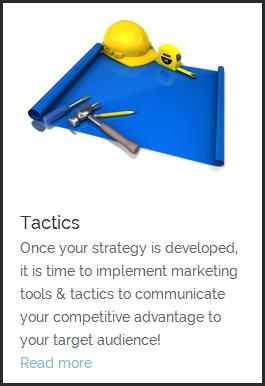 Step Two – Define Your Brand
Step Two – Define Your Brand
Armed with a profile that describes your ideal customer, it’s time to define your brand.
Defining your brand means clarifying exactly what it stands for. This is what you want the customer to think when they encounter your brand. It could be a unique service, a better speed or price, higher quality, a product made just for their lifestyle, innovation, reliability, or anything else you want to be synonymous with your brand.
Remember that your brand can’t be all things to all people and in fact it shouldn’t be. It should deliver a clear message that resonates with your target market.
To define your brand, you need to come up with a unique value proposition. Your UVP is the promise you make to your customers. It’s a statement that’s as short as possible but includes exactly what makes you unique and tells people why they should buy from you.
If you’ve conducted research well and heard from a large sample the reasons why they buy from you, this may not be hard to do. There may be one particular benefit that you hear over and over from satisfied customers.
If not, it takes some brainstorming. Start by brainstorming with your team, considering the natural strengths of your products or services. You’re looking for one particular, natural strength that’s highly valuable to your customers and sets you apart from other similar companies.
Here are some questions to help you in your brainstorming:
- What do you do?
- What do you really do (in other words, what is the benefit to your customers)?
- What makes you different?
- What do you do better than the competition?
- Are there parts of the market you speak to but that your competitors don’t? Or are there parts of the market you’d like to speak to that they don’t?
- What do your customers or clients think about you?
- What are the goals of your business?
The second question above may be a bit confusing, so let me illustrate with an example. Let’s say you’re a car company that produces luxury sports cars. What you do is build high quality cars that are stylish and appeal to moderately wealthy customers. But what you really do might be something like offer freedom or make customers feel younger. Maybe you unlock the wild side within every suit-and-tie executive.
A restaurant may brand itself as a fun place that brings the family together. A gadget maker’s gadgets might put their users in touch with the entire world. Brands communicate benefits to customers, not so much what the product actually does.
Again, it may help to look at the competition in order to discover what your best qualities for your customers are.
Once you’ve identified the natural strengths that make your company unique and offer the benefits your customers are looking for, write it out in a simple statement. This is the basis of every decision you’ll make about your brand from here on.
Activity
- Using your worksheet, answer the questions asked regarding your Unique Value Proposition.
- Use your answers to write out your UVP statement.









